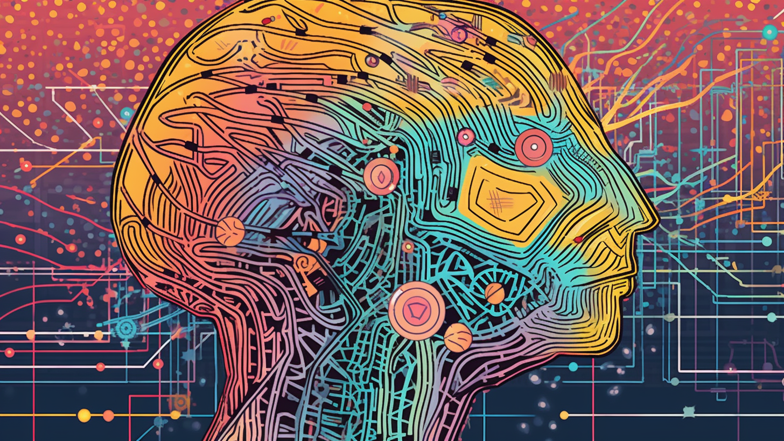
Neuroscience is the study of the brain and how it functions, including how it produces behavior, thought, and emotion. By understanding the workings of the brain, neuroscientists can gain insights into human behavior that can be used to improve AI. As an interdisciplinary field, combining neuroscience and AI has the potential to transform many areas of society. Here we will explore some of the exciting opportunities that this combination offers.
The first area where combining neuroscience and AI can make significant contributions is healthcare. By understanding the brain and how it functions, AI can be used to develop more accurate models of diseases that affect the brain, such as Alzheimer’s and Parkinson’s disease. With these models, doctors can make more accurate diagnoses and develop more effective treatments. AI can also be used to analyze large amounts of medical data, enabling doctors to identify patterns in patient data that might not be apparent to the human eye. Additionally, AI can improve the precision and safety of surgical procedures by assisting physicians in real-time to avoid critical areas in the brain.
Another area where the combination of neuroscience and AI can be transformative is education. By understanding the brain and how it learns, AI can be used to develop personalized learning experiences that are tailored to individual students. AI algorithms can identify individual student’s strengths and weaknesses and create learning experiences that are optimized for the way that student learns. Additionally, by leveraging the latest breakthroughs in AI research, personalized learning platforms can simulate the learning experience and promote skills such as decision-making, critical thinking, and creativity. This can help students to become more engaged and invested in their education, and ultimately succeed in their lives and careers.
The finance industry is another area where the combination of neuroscience and AI has a great potential to be transformative. By understanding human decision-making, AI can be harnessed to develop more effective investment strategies. With AI algorithms, investors can analyze vast amounts of financial data and develop trading strategies that are optimized for their risk tolerance and investment goals. Furthermore, AI can be used to identify patterns that might not be apparent to the human eye, and test financial hypotheses more accurately.
One crucial application is predicting market trends, which have the potential to prevent financial disasters and ensuring fair market competition by avoiding market tampering. Predictions are already being performed using AI by analyzing historical data that is gathered through the years. Additionally, neuro-finance offers a new approach to behavior finance that enables AI to assess how emotional states and sensations affect gain-seeking behavior. Algorithms can not only identify patterns, but also predict how these patterns will change in the future.
In conclusion, the marriage of neuroscience and AI holds significant promise in addressing some of the most profound challenges that our society faces today. From healthcare, education, finance to how AI influences society, the intersection of these two fields offers an exciting potential for innovators to devise more intelligent and more efficient solutions. While we are still in the early stages of exploring the possibilities this marriage can bring, few would disagree that a breakthrough has the potential to be a game changer. We can expect to see significant improvements in the coming years that will have long-lasting effects on our future. Ultimately, the combination of neuroscience and AI offers a promising pathway to realizing the full potential of AI and improving the quality of life for people all across the world.
Comments
Post a Comment